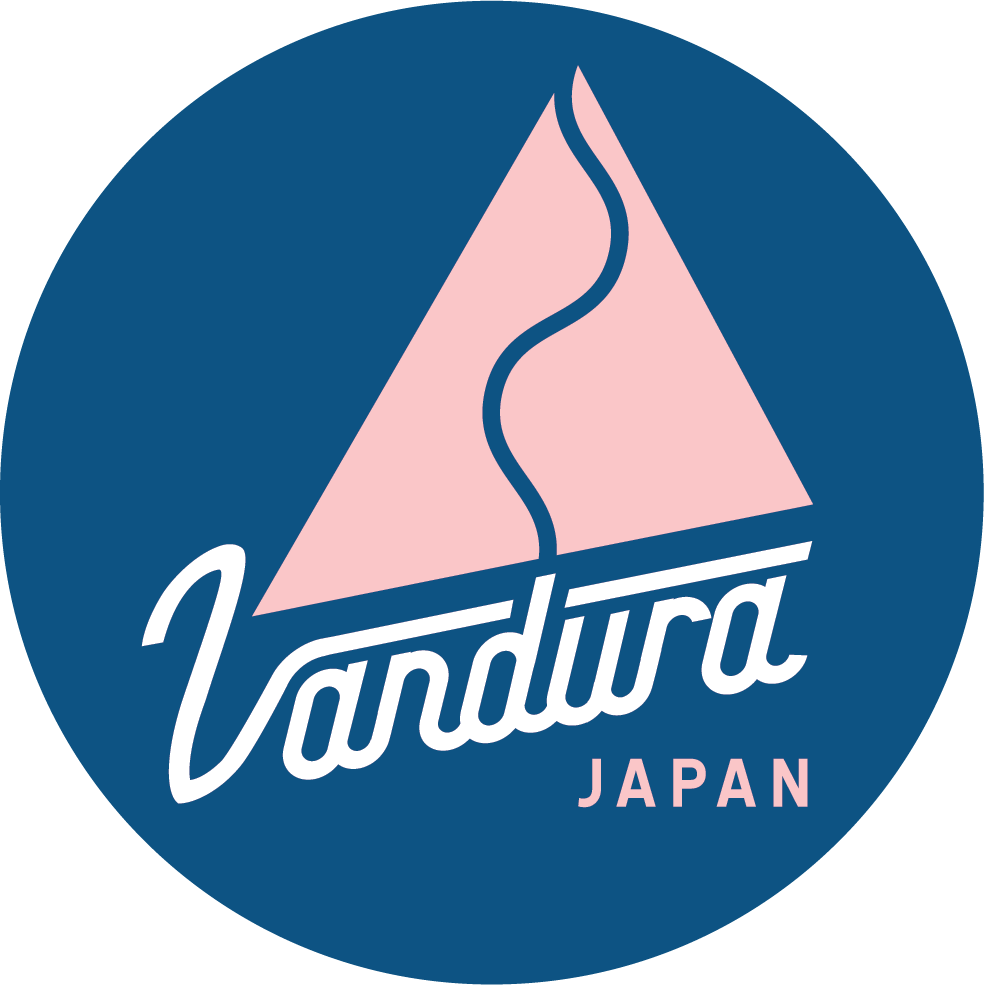
Frequently Asked Questions
When is the best time to go?
Typically January and February are the snowiest months in Japan. Late December and March are also great times to visit and get great, albeit more sporadic, storms. In Hakuba, March can bring some rains whereas in Hokkaido it will be snowing.
Hokkaido is known for moderate, consistent snowfall that goes on for days rather than big dumps. Honshu, the main island, is known for big snowfall of up to 3 feet overnight but on a less consistent basis.
Reference our blog post for more detail.
Can my trip be longer than 8 days?
Yes! You can choose any amount of time for your trip. 8-days is used as a baseline price and is our most common trip length. If you can, we certainly recommend longer. We can do trips of any duration and have done trips up to 60 days long!
Is it cold sleeping in a camper at night?
Nope! All of the RV rental options will have parking heaters. These are heaters specifically designed to heat the car at night while the engine is off using fuel from the vehicle and the auxiliary battery. Don't worry, they're completely safe and will keep you toasty!
How will I shower and keep clean?
Onsens. Onsens are mineral hot spring spas deeply rooted in Japanese culture. Every town, no matter how small, is guaranteed to have at least one. For roughly $5-10, you can access an onsen to shower, bathe, and relax. There is nothing better than an onsen after a long day of riding powder.
What is driving like in Japan?
Pretty simple. Although Japanese drive on the left side of the road, this is much less of a problem than people think. Trust us, you'll be a pro in an hour. All of the rental vehicles come with high-quality snow tires, and Hokkaido maintains their roads very well with regular plowing. Almost all road signs on Hokkaido have English, and Google Maps is very effective. Speed limits are slow, so just sit back, take it easy, and enjoy the drive.
Why should I do a self-guided RV trip?
Shop around at other guided packages and you'll find 7-day trips ranging from $3000 unguided to $3700+ for a guided trip. The dirty secret about the "guided" packages is that they often only guide you within and around the boundary of the resort. You're paying a guide to show you the in-bounds stashes that we have laid out for you on a map. Plus, with a self-guided trip you are on your own schedule and you ride with who you want. If your party does not fill up a guided group, you may be stuck with strangers who may not ski or snowboard to your speed and ability level.
Our self-guided RV tours are a better option that is cheaper than a guided trip, shows you the best places to go, and allows complete flexibility ensuring you are always in the right spot for the deepest powder.
Be sure to check out our comparison chart on our homepage.
How much can I expect to pay for the not-included expenses?
For meals, $50 a day is a reasonable baseline. People spend more and less than this. Breakfast is not a big thing in Japan, so often you will pick something up from the convenience store like fruit, yogurt, or hot food. Japan is the king of convenience store food, so people often pick up onigiri (rice triangles) and other snacks for a packed lunch. If you eat out at night, a bowl of ramen and some beers might cost about $20. If you utilize grocery stores, you will save a lot of money, but if you eat out for every meal and get lunch on the mountain, you can expect to pay more.
Many resorts have Epic and Ikon partnerships now, so you may not need to pay for lift tickets. The most expensive lift ticket you may buy is a Niseko United 1-Day pass for 8,500JPY (~$59 USD). Many resorts are much cheaper, ($20-40/day) and many offer hourly passes.
Gas expenses may be $10/day or less depending on your party size and how much you are driving.
Using these guidelines, $100/day is a reasonable estimate if you’re buying food, lift tickets, and gas every day. We often spend much less than that, but some people prefer to indulge a bit more an may spend a little extra.
